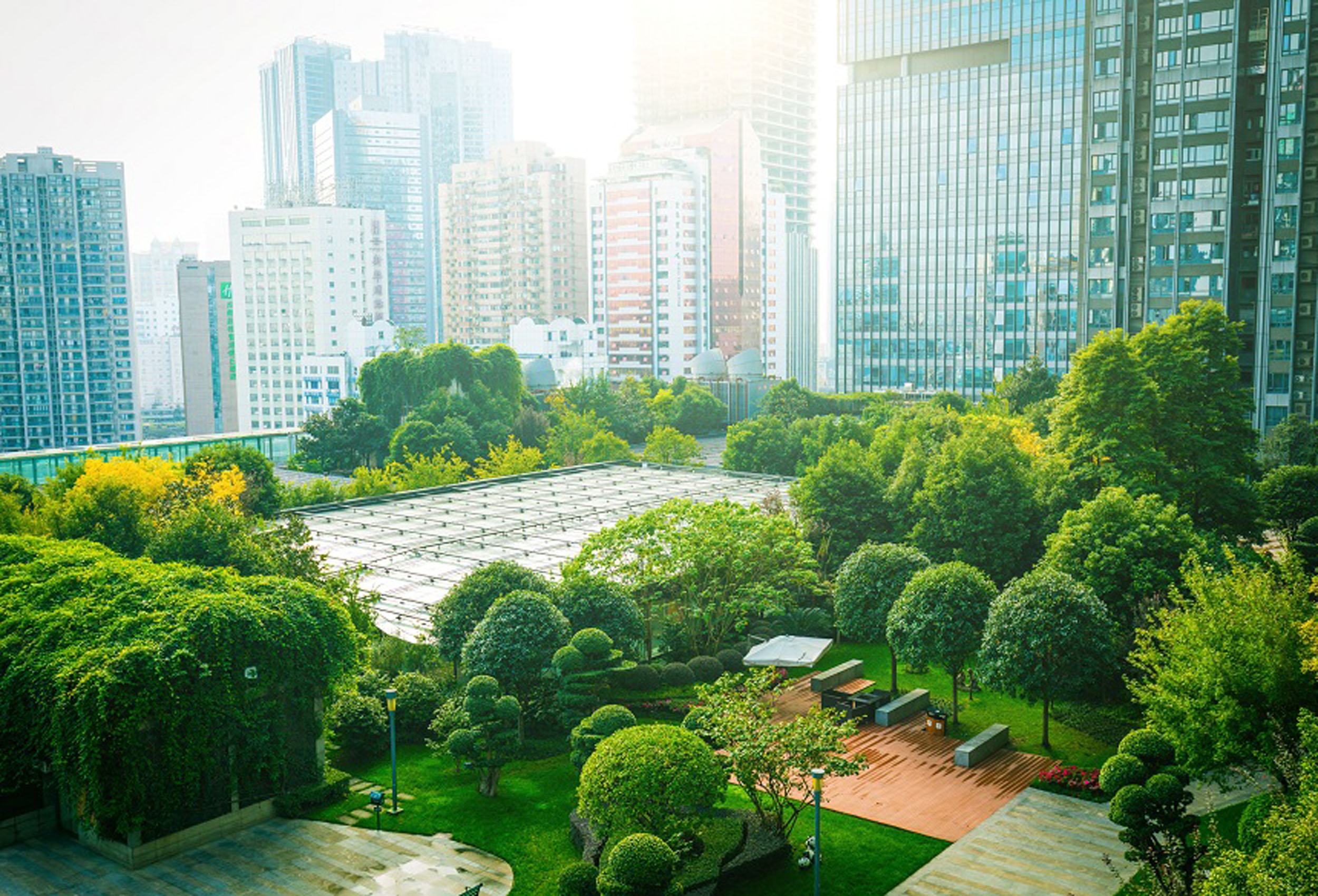Urban greening is the practice of integrating natural elements into city environments. This can involve creating parks, planting trees along streets, cultivating community gardens, or even installing green roofs and vertical gardens on buildings. The goal is to bring more of the natural world into the spaces where we live and work. As more of the global population moves into cities, understanding the role of green spaces is essential for building sustainable and liveable urban communities for the future.
The Benefits of Urban Greening
Introducing more urban greening into our cities offers a wide range of advantages that extend beyond simple aesthetics. These benefits can be felt across environmental, social, and economic areas, contributing to healthier and more resilient urban communities.
From an environmental perspective, plants and trees are powerful tools for improving air quality by absorbing pollutants and producing oxygen. Green infrastructure also plays a critical part in managing water. Permeable surfaces like soil and garden beds absorb rainwater, which reduces surface runoff and eases the strain on drainage systems, leading to better water quality in nearby rivers and lakes. Furthermore, green spaces help to lower the urban heat island effect, a phenomenon where cities become significantly warmer than surrounding rural areas. Trees provide shade and plants cool the air through a process called evapotranspiration, making cities more comfortable during hot weather.
Socially, green spaces foster a stronger sense of community. Parks and community gardens provide areas for people to meet, interact, and work together. Access to nature has also been widely linked to improved mental and physical health. It provides opportunities for exercise, relaxation, and stress reduction.
Economically, the presence of well-maintained green areas can increase property values in surrounding neighbourhoods. For businesses and homeowners, strategic planting can reduce energy costs by providing natural insulation and shade, which lowers the need for air conditioning. Urban greening projects can also create jobs in landscaping, horticulture, and maintenance.
Successful Urban Greening Initiatives
Cities around the world have demonstrated the transformative power of urban greening. Singapore’s “Gardens by the Bay” is a famous example, featuring massive Supertree structures that function as vertical gardens and contribute to the city’s cooling. In New York City, the High Line project converted a derelict elevated railway into a vibrant public park, attracting millions of visitors and revitalising the surrounding neighbourhood. These projects succeed because they are supported by strong community involvement and a clear government vision.
How to Get Involved in Urban Greening
Contributing to urban greening is accessible to everyone. As an individual, you can start by greening your own space, whether it’s a balcony garden or a small front yard. You can also join or start a community garden, which is a fantastic way to meet neighbours while growing fresh produce. Many cities have volunteer programmes for planting trees or maintaining local parks. For businesses and larger organisations, sponsoring a public green space or installing a green roof are impactful ways to contribute. Local councils and environmental groups often have resources and guides to help you find initiatives in your area.
Building Greener Cities Together
Urban greening stands as a highly practical and undeniably effective strategy for developing cities that are not only healthier but also more resilient and genuinely enjoyable places to live. Its implementation leverages natural systems and existing urban spaces, providing tangible improvements for residents. For instance, healthier cities benefit from improved air quality and expanded opportunities for physical activity, which in turn directly boost public health. Resilience is significantly enhanced through better stormwater management and by mitigating the urban heat island effect, making communities better prepared for the growing environmental challenges we face. And without a doubt, integrating greener spaces elevates the overall quality of life, making cities more pleasant, engaging, and welcoming for everyone.
This transformation starts with you. By taking even seemingly small steps within our own neighbourhoods – perhaps by caring for a local planter or advocating for a new community garden – we contribute to a larger, collective effort. These individual actions, when combined, create a powerful momentum towards a sustainable, greener urban future that ultimately benefits every single resident.

